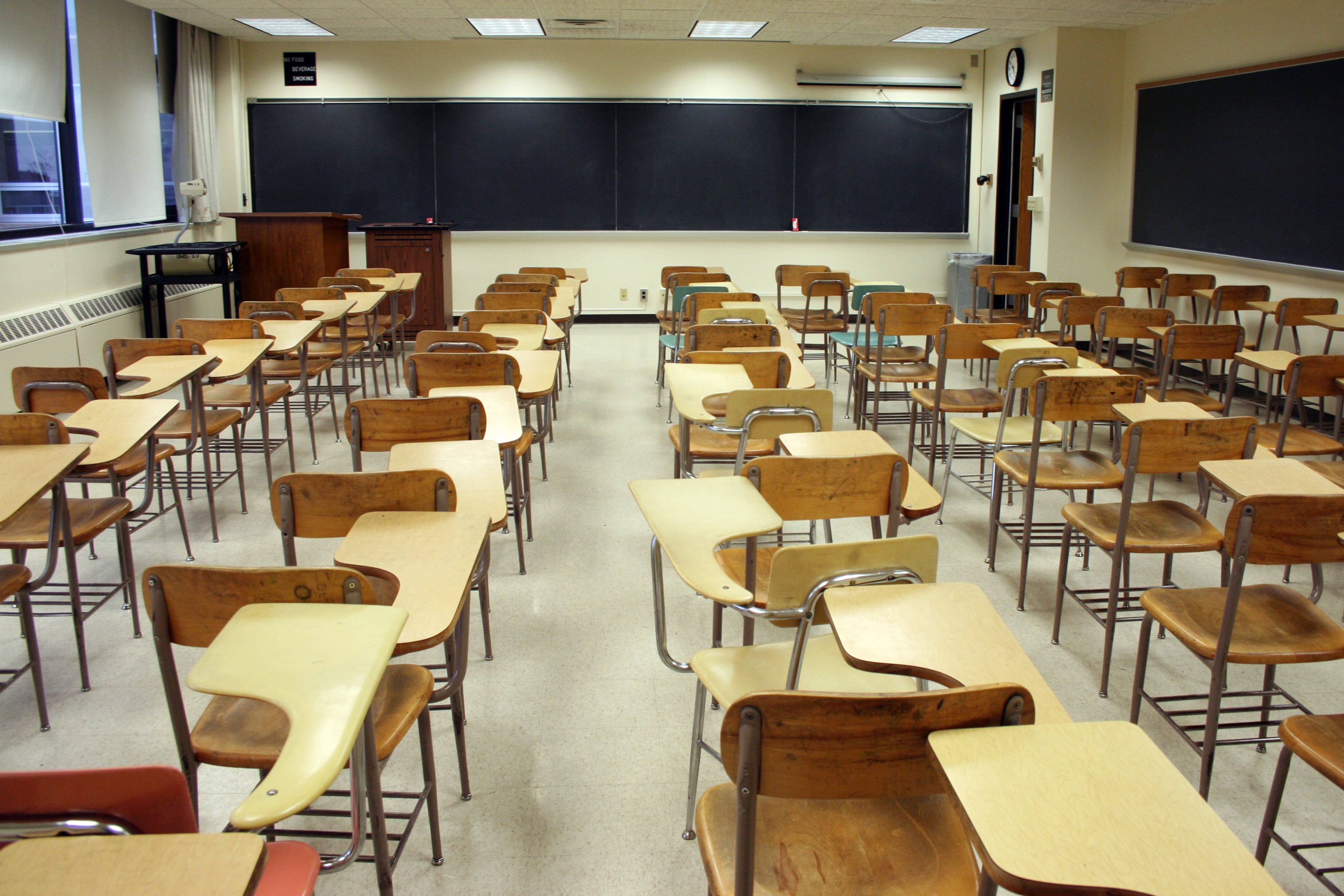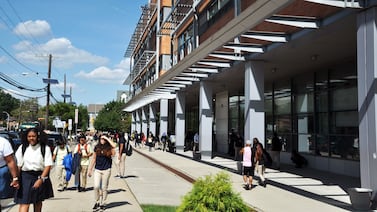When Tennessee schools resume classes in August, they may reopen buildings gradually, set staggered schedules, or adopt a year-round model that allows only 75% of students on campus at one time.
They also could launch with traditional, in-person classes; keep buildings shuttered and provide learning remotely; or adopt a mixture of the two.
The wide range of scenarios is outlined in guidance released online Monday by the state education department on how to reopen schools safely during the coronavirus pandemic. It arrives about two months before the start of a school year filled with uncertainty. School leaders are in need of a blueprint, especially without significant financial investments anticipated from state and local governments.
The options — which are based on whether the virus is spreading locally and how ready individual schools are to handle logistical challenges — suggest that Tennessee education may look like a patchwork of learning models across its 147 districts, and even within each district, during the 2020-21 school year.
“This is a guidance document; this is not a mandate,” Education Commissioner Penny Schwinn told superintendents during a conference call on Monday. “We expect these decisions to be made at the local level.”
Schwinn said separate guidance is being developed by the Tennessee Department of Health on how to respond when a student tests positive for COVID-19.
“Everyone should expect that to happen within your district,” Schwinn said, adding that the health guidance is “pretty clear about treating it within the school community as opposed to the district community.”
Schwinn said reopening schools will be “hard and complicated” based on the abundance and complexity of local, state, and federal data and guidance.
Tennessee’s 44-page document was developed with input from dozens of superintendents and is intended to provide a high-level framework for making the best decisions.
For safe in-person instruction, the guidance mentions a need for “strong measures” such as requiring face masks, temperature checks, and social distancing. But it does not address limiting class sizes or specifics for how to keep students 6 feet apart. The department plans to release 24 “toolkits” in the coming days with more detailed guidance on everything from transportation and nutrition to how to set up social distancing and support students with disabilities or learning English as a second language.
The leader of Tennessee’s largest teacher organization gave the document a mixed review. She was encouraged that educators helped to shape the guidance but concerned about their ability to realistically carry it out.
“The options detailed in the guide will require significant increases in state and federal funding for school districts to increase staffing and provide the necessary resources,” said Beth Brown, president of the Tennessee Education Association. She noted the changes will “dramatically increase the workload for educators with no indication of salary increases or accommodations for educators’ family demands.”
The state’s revised spending plan, released last week by Gov. Bill Lee’s administration, eliminates a planned 2% salary increase for teachers. The governor has vowed not to cut state spending levels on education to shore up a budget shortfall of up to $1.5 billion. But there’s also no talk of extra funding to soften the transition.
Dale Lynch, who heads the state superintendents group, said cutting the teacher raise would represent “a major hit” for districts that already have built that money into their budgets, especially since they also need to train their teachers for remote learning.
But he called the guidance a helpful tool that acknowledges the need for local autonomy on reopening.
“Ultimately, most of our local school officials want to make those decisions. They know their schools the best; they know their local communities,” Lynch said.
Because of the logistical challenges ahead, the guidance urges districts to quickly determine their capacity by surveying families on their intent to return their children to school. It recognizes that some students with underlying health conditions may not be able to return to campus with the new school year.
“The questions asked at the district and school level should be how to accommodate and support various stakeholders, not if those accommodations should take place,” the document says.
The guidance provides a numeric framework to guide local decisions for reopening campuses. A “1” describes school buildings that should remain closed because of high levels of virus spread and low readiness on needs like transportation, school nurse availability, cleaning protocols, and building capacity. By contrast, a “4” signals that schools should return to normal because they are operationally prepared and the virus is being contained. Designations of “2” and “3” suggest a blended learning environment of both in-person and remote instruction.
Because the need for more remote learning is anticipated during the school year, the state Board of Education is developing a distance learning policy to help guide districts on how to meet their 180 required instructional days.
In its interim guidance, the Centers for Disease Control and Prevention recommended canceling field trips, serving meals in classrooms rather than in a cafeteria, and staggering students’ arrival, among other measures. Colorado and Illinois have both released reopening guidance that suggests groups be limited to 10 people or fewer.
Tennessee’s education department plans to publish ongoing guidance here, including upcoming toolkits.








